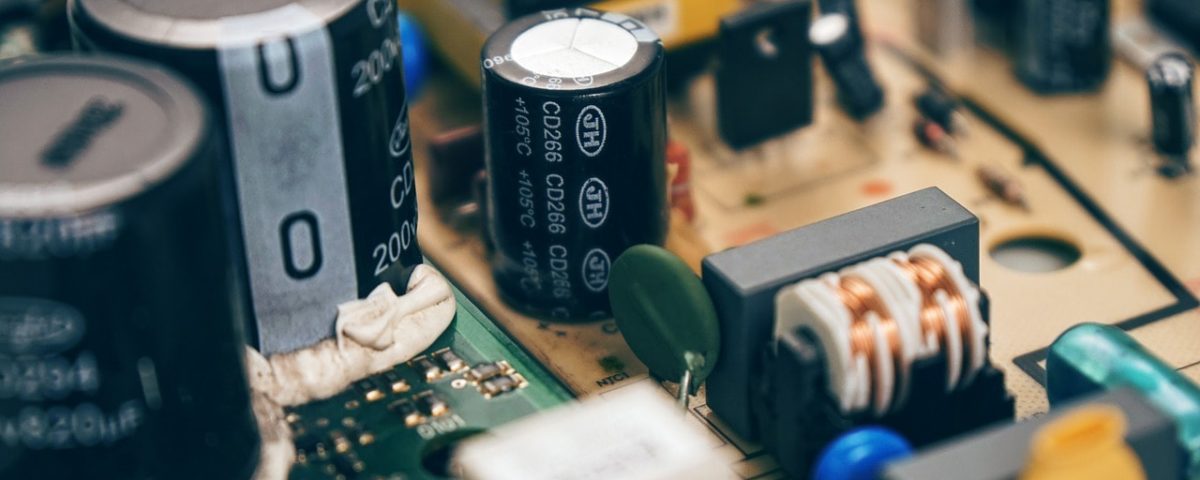Embedded System is introduced in the regular course of BE Computer and Electronics & Communication students to understand and familiarization on applied computing principles in emerging technologies and applications for embedded systems. Embedded system(Course Code: CT 655) details: Lecture:3, Year: 3, Tutorial: 1, Part: II, Practical: 1.5. The following course structure of Embedded System is according to updated syllabus for 2066 and later batch.
- Introduction to Embedded System [3 Hours]
- Embedded Systems overview
- Classification of Embedded Systems
- Hardware and Software in a system
- Purpose and Application of Embedded Systems
- Hardware Design Issues [4 Hours]
- Combination Logic
- Sequential Logic
- Custom Single‐Purpose Processor Design
- Optimizing Custom Single‐Purpose Processors
- Software Design Issues [6 Hours]
- Basic Architecture
- Operation
- Programmer’s View
- Development Environment
- Application‐Specific Instruction‐Set Processors
- Selecting a Microprocessor
- General‐Purpose Processor Design
- Memory [5 Hours]
- Memory Write Ability and Storage Permanence
- Types of Memory
- Composing Memory
- Memory Hierarchy and Cache
- Interfacing [6 Hours]
- Communication Basics
- Microprocessor Interfacing: I/O Addressing, Interrupts, DMA
- Arbitration
- Multilevel Bus Architectures
- Advanced Communication Principles
- Real‐Time Operating System (RTOS) [8 Hours]
- Operating System Basics
- Task, Process, and Threads
- Multiprocessing and Multitasking
- Task Scheduling
- Task Synchronization
- Device Drivers
- Control System [3 Hours]
- Open‐loop and Close‐Loop control System overview
- Control System and PID Controllers
- Software coding of a PID Controller
- PID Tuning
- IC Technology [3 Hours]
- Full‐Custom (VLSI) IC Technology
- Semi‐Custom (ASIC) IC Technology
- Programming Logic Device (PLD) IC Technology
- Microcontrollers in Embedded Systems [3 Hours]
- Intel 8051 microcontroller family, its architecture and instruction sets
- Programming in Assembly Language
- A simple interfacing example with 7 segment display
- VHDL [4 Hours]
- VHDL overview
- Finite state machine design with VHDL
Practical:
Student should be complete project work related to this subject.
Reference Books:
- David E. Simon, “An Embedded Software Primer”, Addison‐Wesley, 2005
- Muhammad Ali Mazidi, “8051 Microcontroller and Embedded Systems”, Prentice Hall, 2006
- Frank Vahid, Tony Givargis, “Embedded System Design”, John Wiley & Sons, 2008
- Douglas L. Perry, “VHDL Programming by example”, McGraw Hill, 2002
Evaluation Scheme:
The question will cover all the chapters of the syllabus. The evaluation scheme will be as indicated in the table below:
|
Unit |
Hour |
Mark Distribution* |
|
1 |
3 |
4 |
|
2 |
4 |
8 |
|
3 |
6 |
8 |
|
4 |
5 |
8 |
|
5 |
6 |
8 |
|
6 |
8 |
12 |
|
7 |
3 |
8 |
|
8 |
3 |
8 |
|
9 |
3 |
8 |
|
10 |
4 |
8 |
|
Total |
45 |
80 |
*There may be minor variation in marks distribution.


